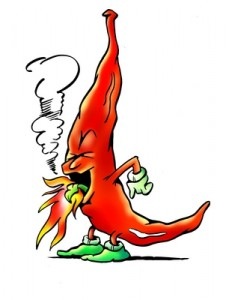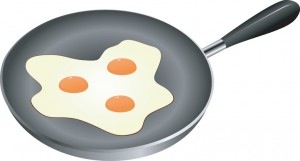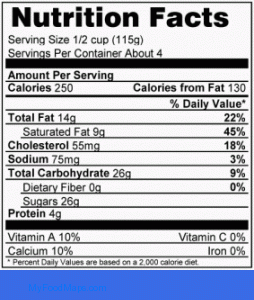 Recently, I was in a restaurant that specializes in chili – hot, hotter, and hottest. Four large thirtyish guys were sitting at the table next to mine. One guy ordered, “hottest,” with a swagger.
Recently, I was in a restaurant that specializes in chili – hot, hotter, and hottest. Four large thirtyish guys were sitting at the table next to mine. One guy ordered, “hottest,” with a swagger.
Shortly after this big, burly guy dug into his chili – with gusto, I might add, he was sitting glassy eyed, rivulets of sweat dripping off of his bald head, practically unable to speak. The waitress, obviously having seen this reaction before, came running over with a glass of milk with orders to, “Drink up.”
Have you ever had this reaction to very spicy food — maybe even from a dish from your own kitchen when you got a little too zealous with the chili powder? Or perhaps, like this guy, from being a little too macho and ordering “hottest” after assuring everyone that you love really hot and spicy food. Perhaps when you accidentally grabbed the wings known as red hots at a recent party.
What Causes The Burn?
Capsaicin is mostly responsible for the “heat” in chili peppers. To stop the mouth flames you need to neutralize the burning heat from the capsaicin that binds to your taste buds. Capsaicin is soluble in both alcohol and fat so full fat dairy and alcohol are possible solutions.
What To Do To Tame The Flame
What do you do as your mouth is sending a five-alarm signal, your face is on fire, and you are sweating enough to water every plant in the room? Here are some solutions that are easy – even when you’re in a restaurant or at someone else’s home.
- The most common flame relievers are full fat dairy, acid, and sugar – although some people also swear by nut and seed butters (peanut, almond, tahini). They may all have some degree of effectiveness.
- Ice and water will feel pretty good, but only temporarily. The burning pain will come roaring back. Because capsaicin is soluble in alcohol and fat, sometimes beer is suggested as a solution. The alcohol helps neutralize the capsaicin molecules. But beer is about 95% water and won’t really neutralize the capsaicin clinging to your tongue.
- High fat dairy products like milk, cheese, sour cream, yogurt, and ice cream coat your mouth and can break the bonds capsaicin forms with the nerve endings – and, since they’re cold, they feel pretty good, too. Now you have an explanation for why spicy Mexican food is often served with sour cream.
- Sugars bind to pain receptors more readily than capsaicin so sweet things might work, too. Sugar, fruit, honey, molasses, even carrots have all been used. Highly sweetened non-carbonated drinks may work. Try some sweet tea. Hoisin may work for Asian dishes or Lassi (sweet and dairy combination) if you are in an Indian restaurant.
- Acid can cut through the heat so use vinegar, lemon or lime juice, or anything acidic that doesn’t mess with the taste. Gives beer with lime new meaning, too, doesn’t it?



